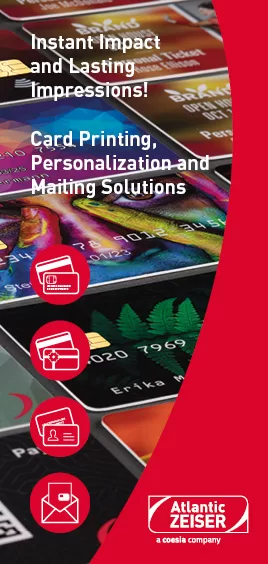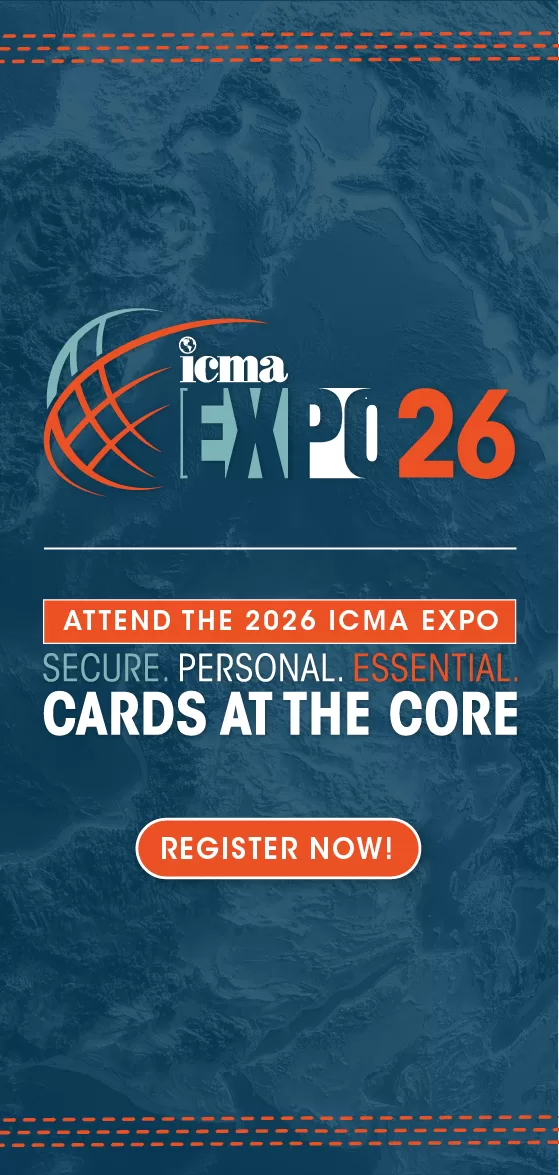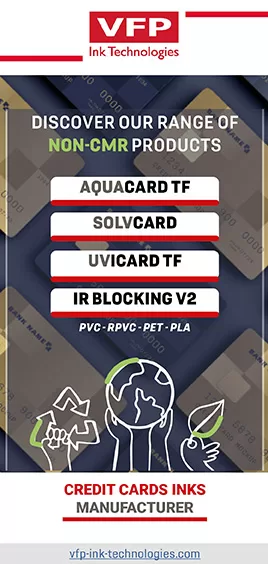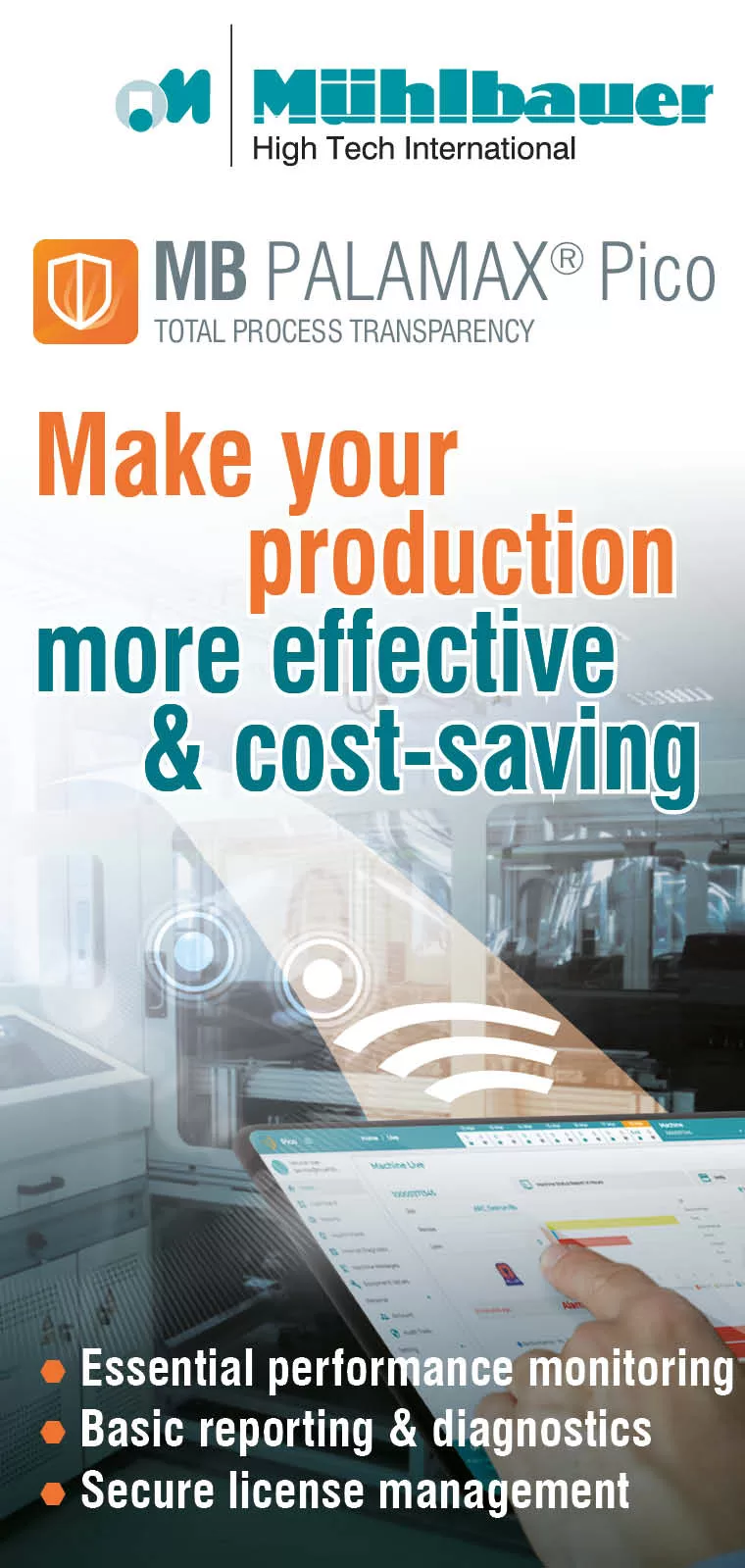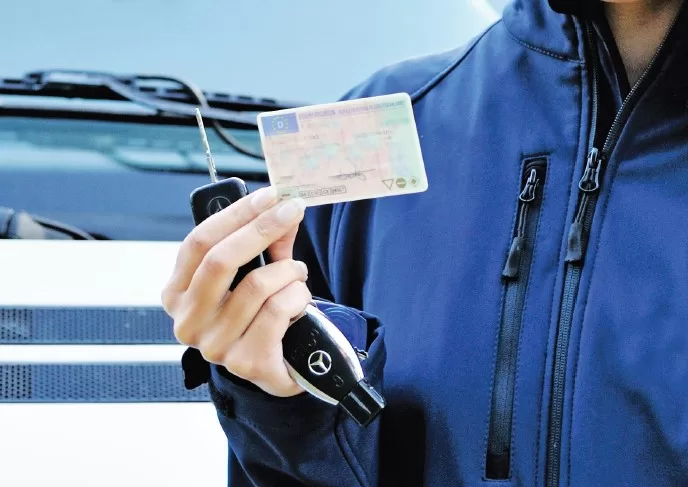
by Jennifer Kohlhepp | CM Magazine Featured
Rapid Progress in Global Standards for Physical and Mobile Driver’s Licenses
By Dave Tushie, Magellan Consulting, Inc., ICMA Standards and Technical Representative
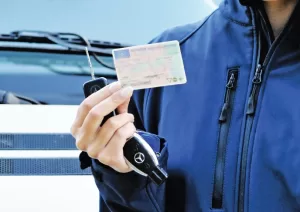
International driver’s license standards development activity has been at a high level for several years. The standard, ISO/IEC 18013, has several parts to it with particular focus on both physical and digital varieties of driver’s licenses. Below is a summary of the individual parts to this standard:
Part 1 (Physical Characteristics and Basic Data Set): The second edition was approved and published in July 2018. There have been some recent changes from the United Nations (UN) related to the International Driving Permit (IDP) that will need to be incorporated.
Part 2 (Machine readable technologies): A new edition was published in June 2020. These revisions were minor. Amendment 1 to update compact encoding by removing ambiguities in the data required was approved and published in April 2023. Work on an Amendment 2 has been initiated to handle changes from ICAO.
Part 3 (Access control, authentication and integrity validation): Amendment 1 to add the PACE protocol was approved and published in April 2023 as a new International Standard (IS). New work items to add digital signatures for Parts 2 and 3 are being addressed in a new revision (second edition).
Part 4 (Test methods): A revision was published in November 2019. There also has been some movement to update this part to incorporate new tests proposed. Work continues on Technical Report (TR) 19446 for Europeans who want to use a chip card implementation. A new work item proposal was approved that adds capability to include compact encoding tests for both chip and non-chip cards; compact encoding is described in Part 3 but no test methods have been defined for it. A draft of Amendment 2 is progressing and will commence once Part 3 is stabilized.
Part 5 (mDL): Published as an international standard in 2021. Mobile DL (mDL) is seen as the first implementation of an electronic ID (eID). Like financial cards currently, this is seen as requiring a companion card being issued with a mobile DL application. AAMVA has issued a guidance document to jurisdictions interested in mobile DL. This (and their related parts 6 and 7) is where most of the committee’s work continues to focus. A Draft International Standard (DIS) ballot is planned, perhaps after the June 2025 meeting.
New work proposals are being considered for mDL add-on functions and a mobile rendition of a vehicle’s registration certificate. This enhancement, Document 7367, would be separate from the parallel work on digital vehicle registration credentials.
Part 6 (mobile DL test methods): Proposal of a new work item has been approved as the test method companion to Part 5. A team has been assigned, and it has been active updating its work with finalization of Part 5 text. A draft technical specification (DTS) is being balloted. This part provides the test methods for Part 5 but it is not yet all inclusive, particularly for the server side of the mDL environment. However, no one has offered to help develop this part of the test methods. A second edition is contemplated to deal with the changes to 18013-5.
Part 7 (mobile DL “Day 2/over the internet” functionality): This is where most of the recent work has been focused. The priority in this part of the standard is the use of an mDL to exchange data over the internet. Part 7 is being divided into multiple topics with the over-the-internet protocol definition as the priority, which will be in the first edition. mDL device authentication is the second priority and terminal device authentication is the third priority. A Draft Technical Specification (DTS) ballot has been submitted.
ISO 18013-7 augments the capabilities of the mDL by describing the interface and related requirements for presentation to a mDL reader over the internet. A draft technical report (DTR 25219) is being balloted that lists considerations for early adopters of ISO/IEC TS 18013-7 to the extent they are important to early adopters.
The protocols defined in ISO/IEC TS 18013-7 continue to be improved. This means that early adopters of ISO/IEC TS 18013-7 can expect to see updates to ISO/IEC TS 18013-7 in the future. The TR 25219 document contains considerations that can be of use to implementers and developers that elect to participate in work around such updates. These considerations are intended to support the improvements, to maximize backward compatibility and to, at minimum, maintain the security and privacy properties already embodied in ISO/IEC TS 18013-7.
Many jurisdictions, both internationally and in North America, have either adopted or are testing mobile implementations of their driver’s license. The development of standards is moving rapidly and is also dynamic.
About the Author: David Tushie, ICMA standards and technical representative, has had a long and continuing career in the card industry, working for international companies such as DataCard, UbiQ and NBS Technologies. He has master’s degrees in engineering and business, holds U.S. and international patents in measurement and card issuance systems and has had several years of involvement with the ANSI, INCITS and ISO Standards process. ICMA is represented at six ISO and ANSI Standards Meetings through David’s standards role within the association.
